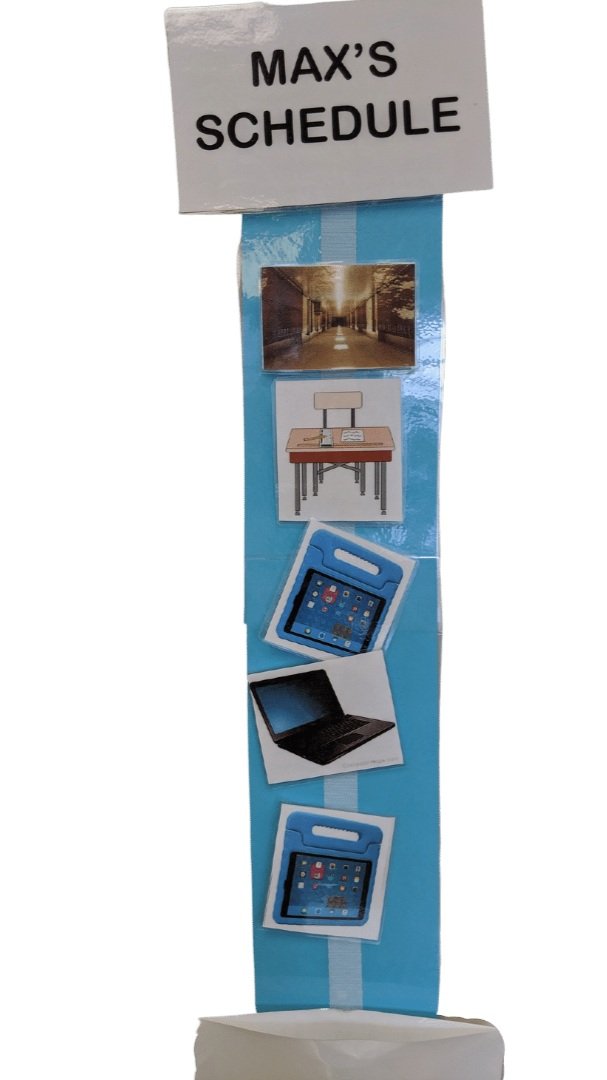Smooth Transitions: 4 ABA Tools to Help Your Child Return to School After Summer Vacation
As the summer vacation comes to an end, transitioning back to school can be a challenging time for children, especially those on the autism spectrum. However, with the help of Applied Behavior Analysis (ABA) tools, parents and caregivers can make this process smoother and more manageable for their children. ABA practitioners have successfully used various techniques to assist children in understanding and adapting to transitions in their daily routines. In this blog post, we will explore three powerful ABA tools that can be employed to support autistic children and youth as they return to school after their summer break.
1. Timers: Easing Transition Expectations
One of the essential ABA tools used to facilitate smooth transitions for autistic children is the timer. Timers can be invaluable in helping children understand when an activity is ending and when they need to move on to the next one. For example, parents can use a visual timer to indicate how much time is left for a particular activity, such as playing with toys or watching TV, before they start preparing for school. This visual cue allows the child to anticipate the upcoming transition, reducing anxiety and stress associated with sudden changes.
In the classroom, teachers can incorporate timers to help students understand the duration of each activity. By displaying a timer for an activity, children can better grasp the concept of time and become more independent in managing their daily schedule. Gradually, the child will learn to adapt to the school routine and respond positively to the predictable nature of the daily schedule.
2. Visual Schedules: Encouraging Active Participation
Visual schedules are powerful tools that involve children actively in planning, completing, and transitioning between activities. These schedules are presented in a visually organized manner, using pictures, symbols, or words to represent each activity or task. For transitioning from summer vacation back to school, parents can create a visual schedule that mirrors the school routine, including waking up, getting dressed, having breakfast, and going to school.
By involving the child in preparing the visual schedule, they feel a sense of ownership and empowerment over their daily routine. This involvement fosters a feeling of security and predictability, which can significantly reduce anxiety about the return to school. As the child becomes familiar with the visual schedule, they gain a better understanding of what to expect throughout the day, making the transition more manageable.
Teachers can also utilize visual schedules in the classroom setting. When the child knows what activities are coming up, they can mentally prepare themselves, leading to increased engagement and participation in school tasks. Consistent use of visual schedules can aid in creating a structured and organized learning environment, benefitting all students, including those with autism.
3. First-Then Boards: Encouraging Task Completion
Another effective ABA tool to aid with transitioning autistic children back to school is the First-Then board. This tool helps to break down the school day into manageable steps, making it easier for children to cope with challenging tasks. Parents can use a First-Then board to outline the sequence of events for the day. For instance, they can place a non-preferred task, such as completing homework, under the "First" category, followed by a preferred activity like playing with toys or spending time on their favorite hobby under the "Then" category.
This simple yet powerful tool motivates the child to complete the less preferred tasks, knowing that a rewarding activity awaits them afterward. By visually presenting the sequence of events, First-Then boards help reduce frustration and anxiety, as children have a clear understanding of what they need to do. Gradually, this tool promotes independence in task completion and self-regulation, both essential skills for successful school transitions.
4. Wait Cards: Managing Waiting Periods
Transitioning from free play to structured activities can be particularly challenging for autistic children, as they may struggle with waiting for their turn or dealing with changes in routine. This is where Wait Cards come to the rescue. Wait Cards are simple visual cues that can be shown to the child during waiting periods, assuring them that what they desire is not unavailable forever but only temporarily on hold.
In the context of returning to school, Wait Cards can be used during situations such as waiting in line at the end of recess or waiting for a turn during group activities. By acknowledging the child's desires and providing reassurance, Wait Cards help reduce stress and anxiety associated with waiting, thereby promoting a more positive school experience.
The Takeaway
As we prepare our children for the new school year after the summer vacation, employing these ABA tools can make a significant difference in supporting autistic children during the transition period. Timers help children understand and anticipate changes in their routines, while visual schedules provide a sense of structure and predictability. First-Then boards motivate children to complete tasks by offering preferred activities as rewards, and Wait Cards reduce stress during waiting periods.
Remember, each child is unique, and it's essential to tailor these tools to suit their individual needs and preferences. By using these ABA tools with consistency and patience, parents and teachers can create a supportive and nurturing environment that enables children to thrive in their academic journey. The return to school can be a time of growth, learning, and development when approached with empathy, understanding, and the right tools at hand.




